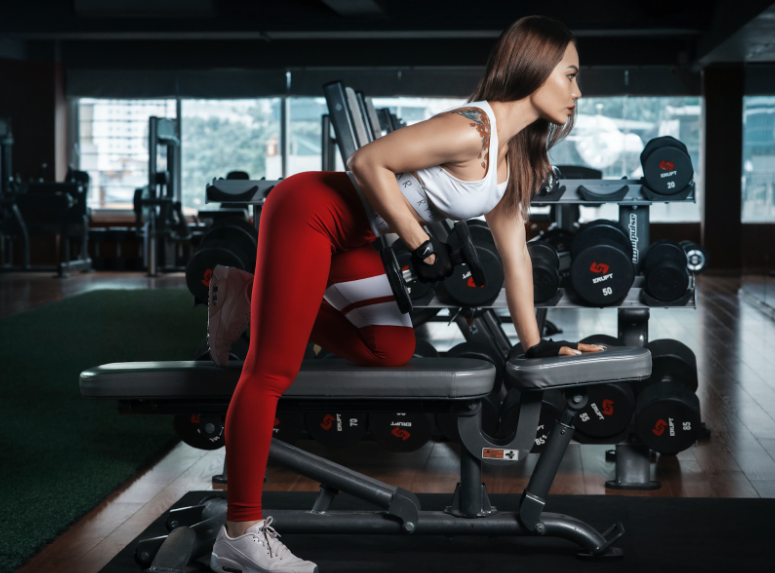You’ve probably heard it many times: “No pain, no gain”. Fitness influencers on social media are quick to promote a world where you have to work out to achieve your goals. But how hard is too hard?
You should never hear a professional athletic trainer suggest painful exercises to achieve gains. On the contrary, experts warn about the “no pain, no gain” myth.
What does “no pain, no gain” mean?
Gym-Goers often quote this motto as a way to encourage themselves to push through hard workouts. Many gym-goers believe that if you are not able to feel pain while you exercise, you are not working hard enough to be physically strong.
It is believed that you should exercise until you feel pain. It is during these painful times that you will begin to build up the endurance and toughness that will allow you to exercise and become more physically fit.
Is that true?
The problem with “no pain, no gain”
Pain is a signal to your body that it is time for you to stop what you’re doing Pain is linked to many causes, but one thing is certain: The brain isn’t trying to test your toughness. Its giving you a warning signal.
When you ignore the sensation of pain, you put your body at risk. Pushing through the pain can have harmful consequences and even lead to an injury. It is necessary to know what triggers the pain signal and how you should react.
Why do I feel pain when exercising?
When you hurt while you are exercising, it means there is something wrong with what you are doing. But it could be linked to your overall fitness level at the time or even your posture. Because the problem usually doesn’t come from within the body, you can understand it better so that you can respond to it more appropriately.
Pain may signal that you are exercising too much or too often, and this can cause you to get injured. This can lead to muscle strains and even fracture in extreme situations. Varying your workout and listening to your body can help prevent the issue.
If you are suffering from severe pain when doing a movement, such as lifting heavy weights, you may be not doing it correctly; for example, if you have a backache while lifting heavy weights, you may be lifting heavy weights with a rounded back. If you use a professional personal trainer, you will eventually have the right posture. Pain can be your indicator that your performance is improper, for example, lifting weights with a rounded back.
Ultimately, pain is not a challenge you must overcome to get fitter or stronger. Pain is the way your brain is trying to tell you to stop what you are doing.
Muscle soreness vs. pain
Most people mistake pain for muscle soreness when they work out. People develop sore muscles, or delayed onset muscle soreness, which is a natural response to any challenging routine. It can be uncomfortable but typically disappears after a rest period. Sore muscles affect all the muscles that you’ve worked.
On the other hand, pain is more localized and can be sharp. It can limit your range of motion. It usually only appears when you do certain movements or when you apply certain pressure points to your body. Additionally, it can be accompanied by swelling, an inflammation response, or even bruising. When pain like that occurs, it is usually a sign that there is a risk of injury or that you have an injury. You should stop doing certain activities and avoid causing problems for others. It is very important that you stop doing what you are doing when you feel pain.
Are you looking to improve your fitness levels, but you struggle with persistent pain? It may be helpful to talk to your doctor about whether you may have any injuries or weaknesses. You should also spend time practicing good postures and proper techniques when you work with a good personal trainer.
Want more information on getting fit and healthy naturally? Future Fitness in Fort Worth, TX, has a dedicated team of experts providing personal training and corrective training to help people achieve their fitness goals as painlessly as possible.

